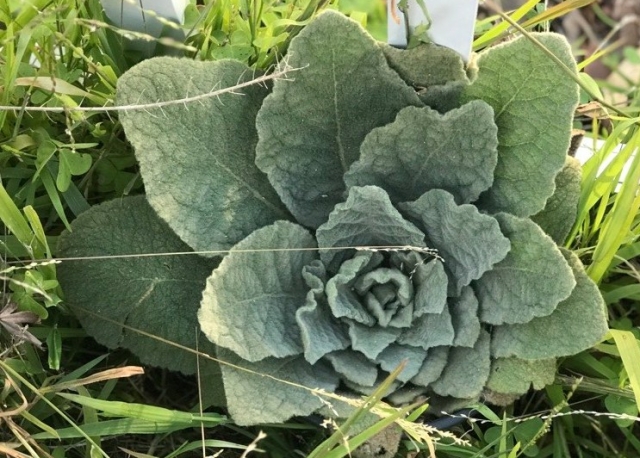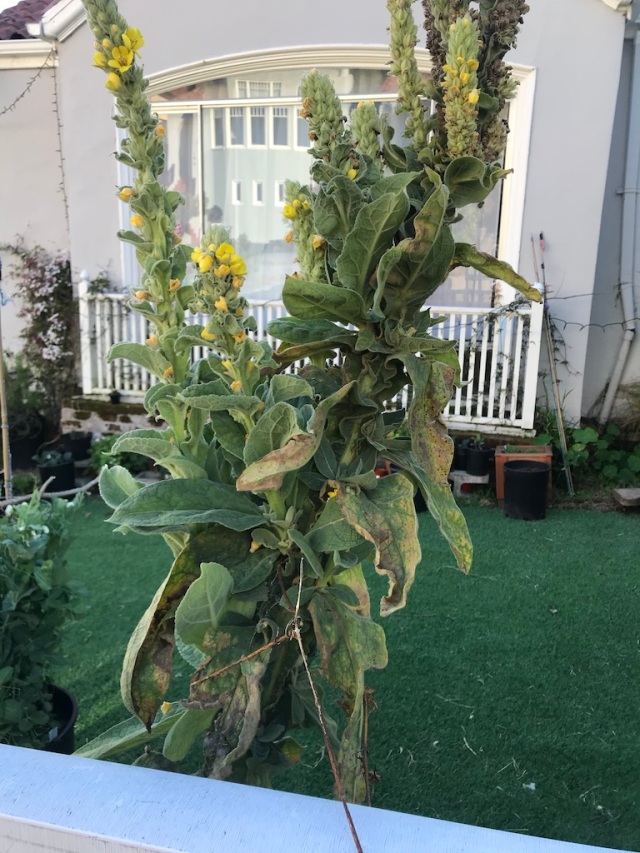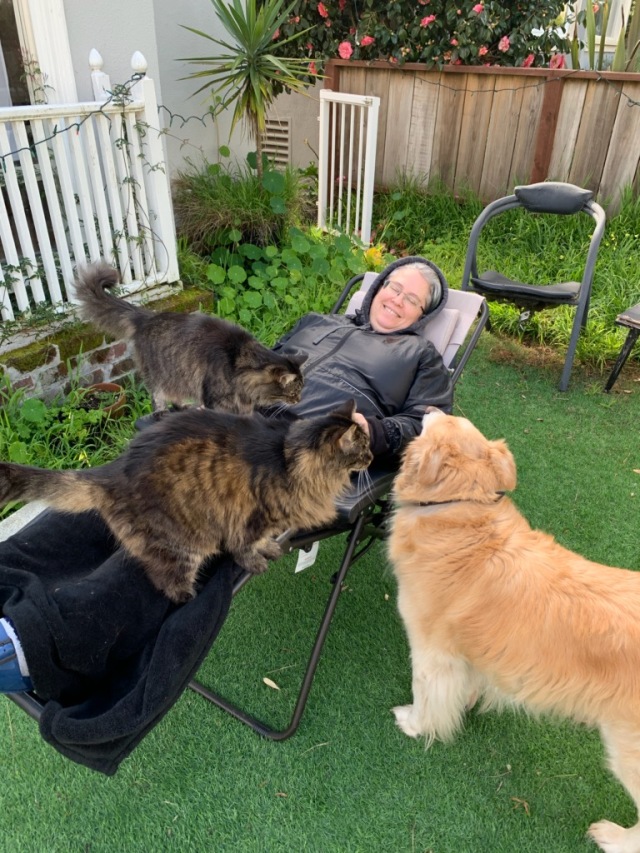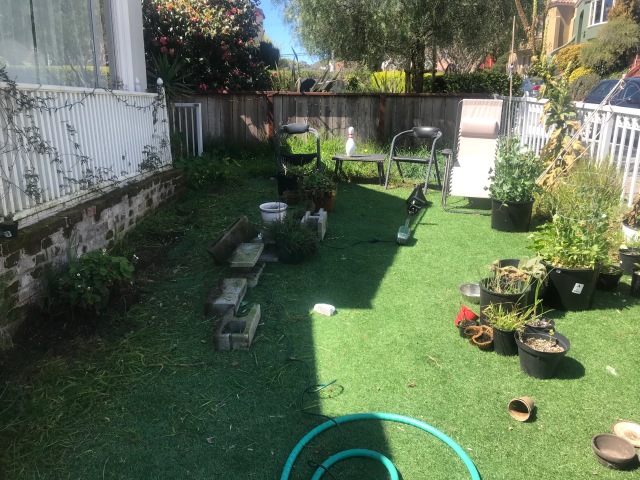Preface: my thinking is always influenced by those around me. And in this moment, I’ve had the time and space to go internal and contemplate these things and write this because of the multitude of ways I am lucky …housed, employed, supported…right now. I’m sharing these thoughts because I believe in them and hope they might be useful.
How we cope with Stress
I’ve been thinking about stress, about how we all respond to stress. Most of us aren’t at our best when we are freaked out. Now is a good time to take a moment to think about ourselves and how we respond. What are your coping mechanisms, and how well do they serve you? Do you get hyper vigilant, hyper focused? Do you disassociate, or space out? Do you panic in crisis or are you calm and detached? None of these are wrong or right, we’ve all got different ways of surviving. It’s just good to *notice* right now. Especially if you are having to proceed as though it’s business as normal, which means extra stress and less time for coping. What helps you to be your best selves in the midst of so much fear and anxiety? For me when I start to feel like I might explode with anxiety, going outside helps, herbs (teas and tinctures) help, stretching and yoga help, and sometimes physical contact with my partner (who I am fortunate to live with) helps. Sometimes getting focused on a thing I can DO helps. Weed and booze help to some extent, but they also have drawbacks. How about you?
How we cope with Grief:
I know that especially in US culture, we do not want to think about this. But we should all spend some time as soon as we are able to thinking about grief and how it impacts us. I don’t know if any of us will get through this without losing someone we care about and even if we do, the people around us won’t. We have so many different ways of coping with grief and with anticipation of loss, but this time around grief is not going to be an individualized experience. And we will be unable to partake in whatever our usual rituals for grief are if they include gathering, or if they include contact with the body of our beloved dead. with so many people grieving at once, there will be impacts on how we interact with each other, on what we need. I don’t know what we should do, but I think we should be preparing ourselves emotionally for this.
(I feel so grateful for the work that has been done, in particular this past decade or so, by so many incredible visionaries about trauma and trauma informed approaches; about how to understand that the things we’ve gone through in our lives shape how we move through the world now, how we respond to danger, what our default survival modes are… and how to think about healing on individual and collective levels, and about how relevant this is to our social change work. Because of this work we have so many resources to help us understand ourselves, to understand trauma, beyond our own individual reactions to the way it moves in community.)
How we make change
We are in a liminal moment…a space between *this* and *that*. We all know what *this* is; it is this neoliberal society built upon capitalism, white supremacy, patriarchy, ableism, and domination. What is happening right now will change what is; the question is, what will it change to? Will it be deeper authoritarianism? Will it be socialism? Will it be a slightly more humane version of what we have now? Will it be a transformation to a just society? There are so many possibilities right now. What can we do, from within our homes (those of us who have them), without assembling in large groups, in this moment, to move things toward a just society?
On small local levels, we can look for opportunities to take care of each otherr and connect with the people round us. From mutual aid in the form of groceries and other supplies, to virtual hangouts and dance parties that help us feel connected over distance. People are offering virtual art classes for kids stuck inside, and lists of activities for kids These acts can help us remember that we are connected, that we need each other, and that individualism is not helpful. I’ve also been struck by the videos of people under quarantine in Italy, singing together.
And then on the larger level, we can be engaged in pushing for policies that help people right now. We’ve already seen so many things happening that seemed impossible…eviction moratoriums, for example! And things like, continuing to provide lunch for kids even though the schools are closed, as San Francisco is doing. We can and should demand that our governments, from local to national, place human needs at teh center of every choice they make right now.
Our chances of moving toward a just society on the other side of this pandemic are so much better as a result of Bernie Sanders and his candidacy, both now and in 2016. He has put on the table issues like Medicare For All, and free college, student debt relief, and so more people can imagine them actually happening. The pandemic is making very clear that our whole system is rotten and dysfunctional. The Sanders campaign is throwing light on alternatives and they feel much more in reach and possible than I’ve ever felt before. So do what you can to support that campaign.
How we slow down
Over the past several days I have read different calls for us to slow down, care for ourselves, to connect with and listen to nature. They’ve come from a Christian minister calling on us to listen to the messages of redwood trees, a poet encouraging us to treat this time as sacred, an indigenous leader suggesting we go out onto the land, a professor pushing back against the idea that we can do everything just like normal but from inside our houses.
These messages, coming all within a day, illuminated and crystalized something I think I’ve known for some time: that we can’t get to that different world if we keep striving for it in the exact same way we’ve been. Slowing down is hard. Especially when things are so dire, especially for those of us who shape our lives around doing things to make the world better, especially in a capitalist society that encourages us to base our value on our production. In the book Braiding Sweetgrass (which would be a great thing to read or listen to right now!), Robin Wall Kimmerer explores how language shapes how we think, and it makes me consider what our strategies and solutions might be missing right now if we do not slow down, if we don’t take the time to fully take in what is happening, if we don’t make room for different ways of thinking and being to seep in. How much of how we operate comes from the earliest colonizations, when the relationship between people and the land was sundered? and if we don’t allow our mind set to shift, what does that do to what is possible?
So how to do that? If you are able to go outside, that’s a start. Sit with or under a tree. Watch some birds…even if they’re urban pigeons! Read some beautiful poetry or look at art (some museums have virtual tours!) Listen to some meditation tapes. Sing a song. I don’t know what works for you, but think it over! What can you do to be grounded and present in this moment, committed to doing the work to change the world, and also, slowing down and listening?
This kind of slowing down may well be what we need to get to the world we want.
So that’s some of what I have been thinking about. What’s on your mind? What do you think about my thoughts here?







